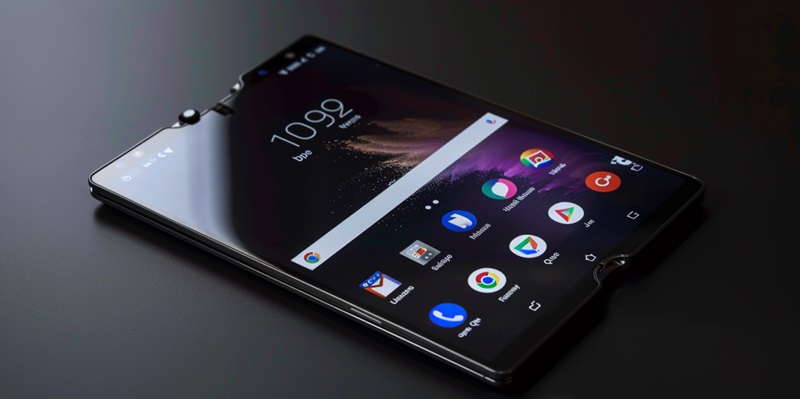The anticipation surrounding the OnePlus Open 2 has reached fever pitch, with whispers of significantly improved specifications fueling excitement among tech enthusiasts. Expected to feature a massive 6,000 mAh battery and the powerful Snapdragon 8 Gen 4 chipset, the OnePlus Open 2 is poised to make waves in the foldable smartphone market. Set for release in early 2025, this next-gen device comes at a time when competition is fierce, with rivals such as the Honor Magic V3, Samsung Galaxy Z Fold6, and Xiaomi MIX Fold 4 already making their mark. But can OnePlus stand out and possibly redefine the foldable smartphone category with its new flagship? A closer look at the advancements and strategic positioning may offer some insights into whether the OnePlus Open 2 is truly set to raise the bar.
Technological Leap: An Ultra-Thin Design and Massive Battery
The OnePlus Open 2 is expected to push boundaries with a substantial upgrade in its battery capacity, moving from the 4,805 mAh battery of its predecessor to an impressive 6,000 mAh. Such a significant leap indicates OnePlus’s commitment to resolving one of the most persistent challenges in foldable smartphones—battery life. The use of denser silicon-carbon (Si/C) battery technology, similar to what has been successfully implemented by Honor in its Magic V3 model, underscores this commitment. Integrating Si/C technology not only enhances battery performance but does so without compromising the sleek, lightweight design that modern users demand.
One crucial component of this lightweight design is the utilization of ultra-thin glass (UTG), which is speculated to keep the device’s weight around 200 grams. Reducing weight while increasing battery capacity is no small feat, and achieving this balance demonstrates a technological prowess that could set a new precedent in the industry. Weight has always been a critical factor in user experience, especially for devices meant to be carried and used throughout the day. Therefore, OnePlus’s efforts to optimize this aspect could substantially enhance the usability of the Open 2, setting it apart from bulkier competitors.
Strategic Product Release and Market Positioning
By planning to launch the OnePlus Open 2 after the release of major competitors’ models, OnePlus appears to be executing a well-thought-out strategic delay. This approach allows the company to leverage advanced technologies and learn from any shortcomings observed in rival products, thus ensuring a more refined and competitive offering. Releasing the Open 2 in early 2025 positions OnePlus to capitalize on the latest technological advancements while addressing potential gaps left by previous foldable smartphones in the market.
Additionally, the deliberate pacing of OnePlus’s product release cycle suggests a focus on quality and preparedness. This strategic approach is indicative of a broader trend in the tech industry where companies aim for comprehensive readiness before launching high-stakes products. By adopting this strategy, OnePlus reassures loyal customers and potential buyers that the Open 2 will not just be another entry in the foldable smartphone market but a substantial upgrade poised to meet and exceed expectations. This considered timing could very well be a deciding factor in the device’s success, positioning it favorably against formidable existing models.
Marketing Strategy and Regional Rebranding
OnePlus’s marketing strategy for the Open 2 may also involve rebranding to leverage regional strengths. For instance, the device might be introduced in markets where the Oppo brand has stronger recognition as the Oppo Find N5. This tactic is crucial for maximizing market penetration and ensuring that the product has a broader reach. Rebranding is not just about changing names and labels; it’s a strategic move to cater to regional preferences and brand loyalties, which can significantly impact sales and reception.
This rebranding strategy could particularly enhance the product’s appeal in certain regions, where brand loyalty to Oppo is strong. It reflects a keen understanding of market dynamics and consumer behavior, allowing OnePlus to tailor its approach effectively. By smartly navigating these regional nuances, the company can ensure that the Open 2 is well-received and achieves substantial market penetration right from its launch. This dual-brand strategy also highlights the flexibility and adaptability that can be critical in maintaining competitive advantage in the fast-evolving tech landscape.

